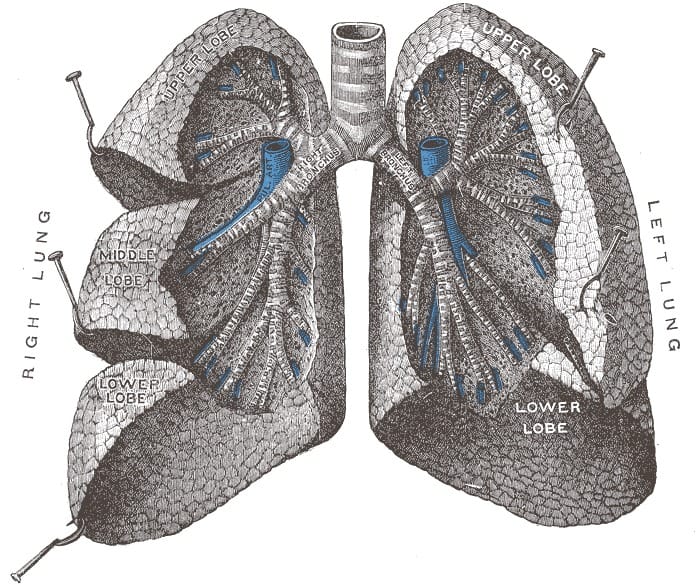NIV Use in the ICU

Questions that you may be asked on rounds or on rotation.
Name 4 indications for Noninvasive Ventilation (NIV) in ICU pts
- Acute exacerbation of chronic obstructive pulmonary disease (COPD)
- Acute cardiogenic pulmonary edema
- Acute hypoxemic respiratory failure in immunocompromised pts
- Extubation bridge for COPD pts who may have failed SBT
What are risk factors identifying failed NIV?
Shock
Pneumonia
Acidosis
Worsening mentation including encephalopathy
How does NIV decrease rate of intubation and improve mortality in AECOPD?
AECOPD = Acute exacerbation of chronic obstructive pulmonary disease
Theory is that the NIV
- increases intrathoracic pressure by unloading inspiratory muscle work
- boosts tidal volumes
- decreases rate of breathing
- and lowers dead space ventilation
What does added PEEP do for the AECOPD pt?
The waterfall theory eloquently explained by Tobin and Lodato should be read by any physician practicing ventilator or noninvasive management.
In other words, positive end-expiratory pressure lowers pt’s effort (or work of breathing) by dropping the inspiratory threshold load caused by autoPEEP.
Does NIV in AECOPD improve mortality?
Yes. It also decreases rate of intubation.
Name 5 hemodynamic and pulmonary physiologic benefits of placing NIV on pts with acute cardiogenic pulmonary edema?
- Recruit alveoli
- Improve gas exchange/ventilation
- Improve lung compliance (increase FRC)
- Reduce cardiac preload
- Reduce cardiac afterload
What does the literature tell us about using HFNC?
- The FLORALI 2015 study showed HFNC reduced incidence of intubation (but not significantly) as well as reduced 90-day mortality by a factor of 2 as compared to non-rebreather face-mask (NRB). ICU length of stay was higher, however.
